
Chromosome structure Chromosome, Chromosome structure, Structural biology
The structure of chromosomes. Each chromosome has a constriction point called the centromere, which divides the chromosome into two sections, or "arms." The short arm of the chromosome is labeled the "p arm." The long arm of the chromosome is labeled the "q arm." The ends of the chromosome are called telomeres.
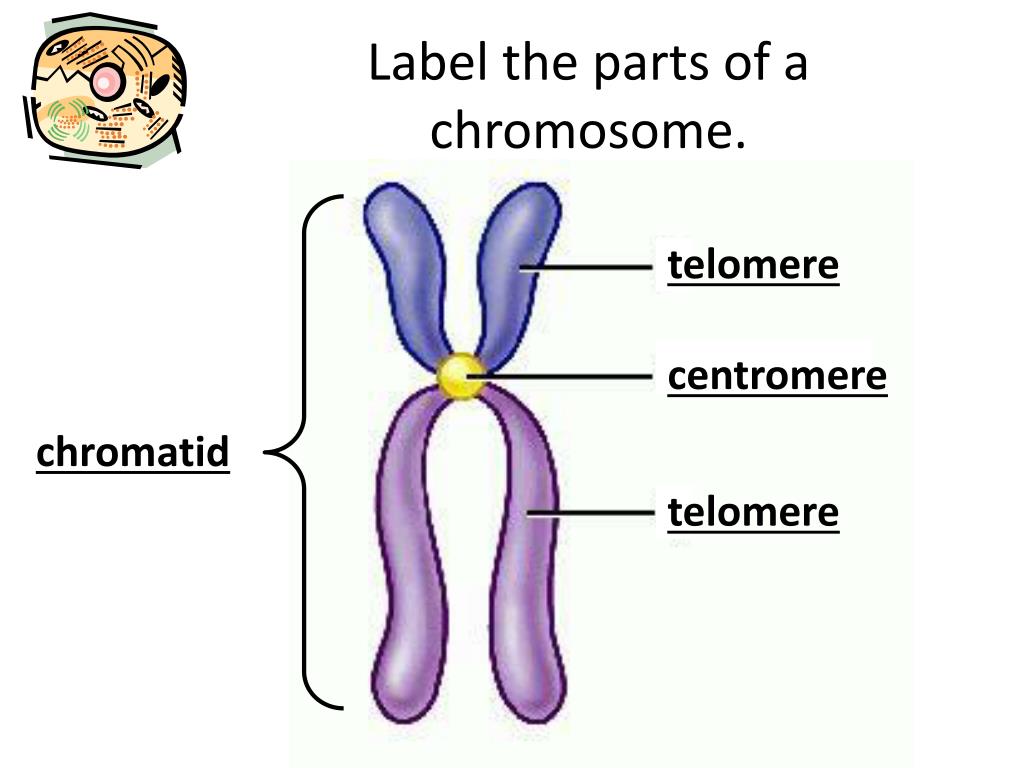
31 Label The Parts Of The Chromosome Labels Design Ideas 2020
Figure 1. Double-stranded DNA wraps around histone proteins to form nucleosomes that have the appearance of "beads on a string.". The nucleosomes are coiled into a 30-nm chromatin fiber. When a cell undergoes mitosis, the chromosomes condense even further. DNA replicates in the S phase of interphase.

Biotechnology Basics of Cell, Nucleus, Chromosomes, DNA, RNA, Genes, Codons, Amino acids, etc
< Prev Next > Chromosome Map Our genetic information is stored in 23 pairs of chromosomes that vary widely in size and shape. Chromosome 1 is the largest and is over three times bigger than chromosome 22. The 23rd pair of chromosomes are two special chromosomes, X and Y, that determine our sex.
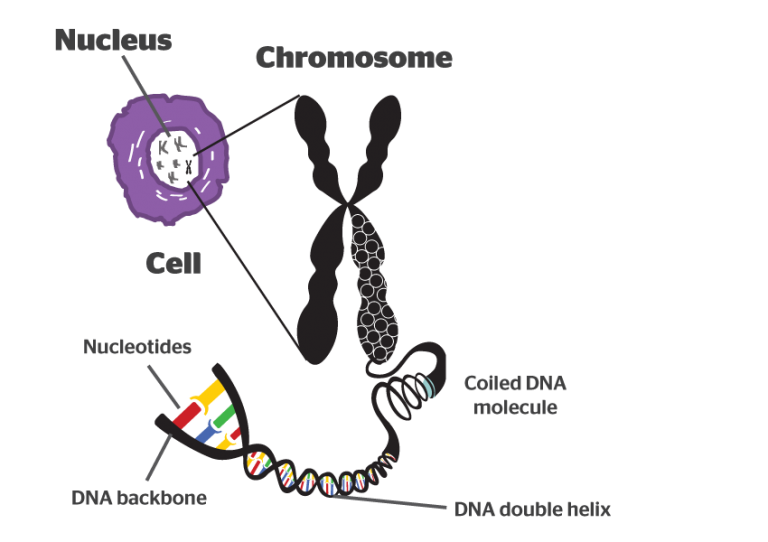
What is a Chromosome Definition, Structure and Evolution
Chromosomes can be analyzed from living tissue and arranged in a karyotype (figure 13.1). Chromosomes can be sorted into the autosomal pairs (twenty-two) and sex chromosomes and classified to determine any abnormalities. A normal karyotype for a female is 46,XX, and a male is 46,XY. Deviations from this patterning can result in chromosomal.

Reading Chromosome Structure Biology (Early Release)
sohaib. 11 years ago. Chromosomes:A threadlike structure of nucleic acids and protein found in the nucleus of most living cells, carrying genetic information in the form of genes. Chromatid:Each of the two threadlike strands into which a chromosome divides longitudinally during cell division.
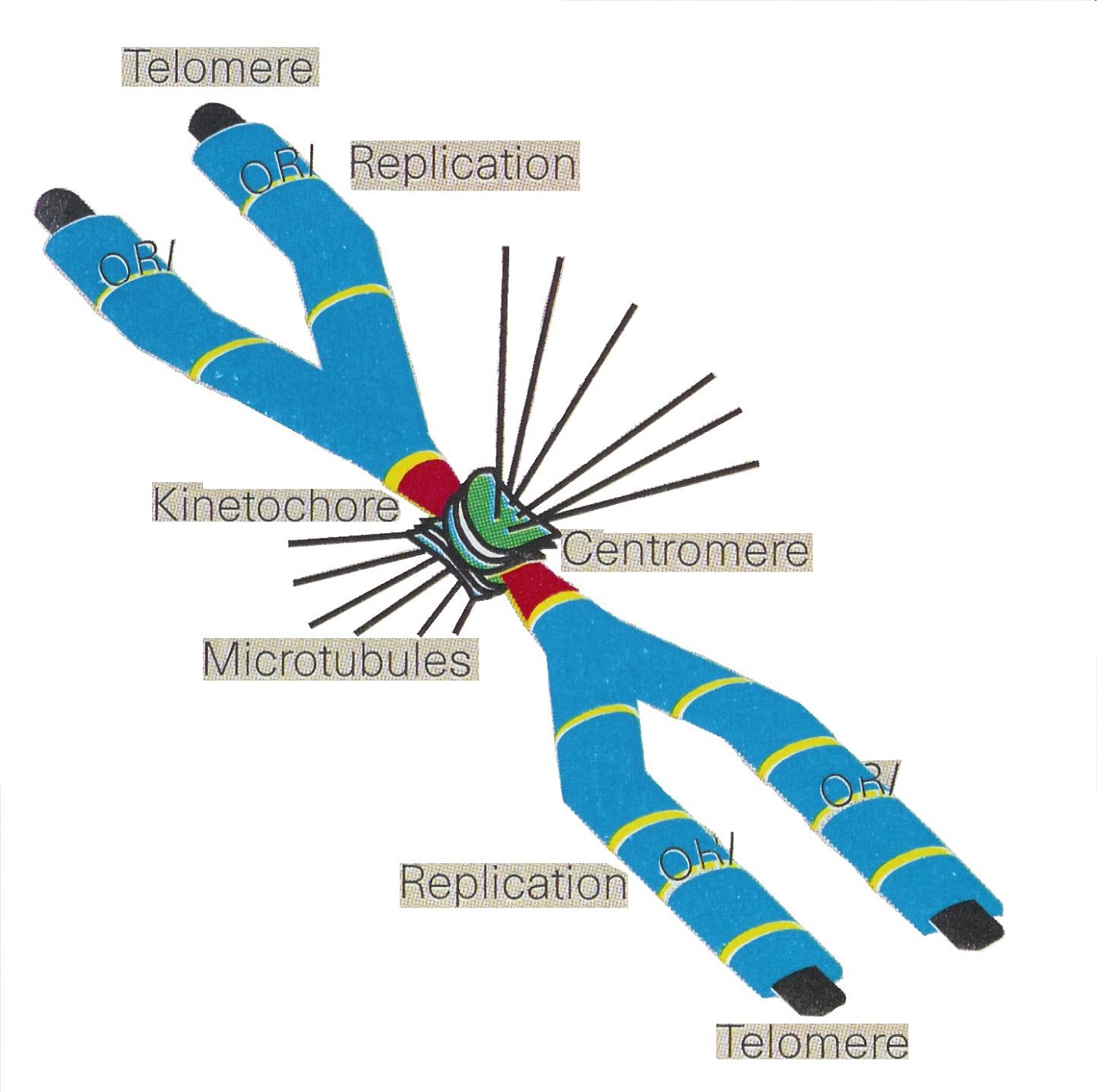
Chromosome Diagrams 101 Diagrams
Key Terms DNA and chromosomes A cell's set of DNA is called its genome. We can refer to the genome of an organism or of a species, since the members of a species typically have similar genomes. Most prokaryotes contain a single circular DNA chromosome. This genetic information is found in the cytoplasm.
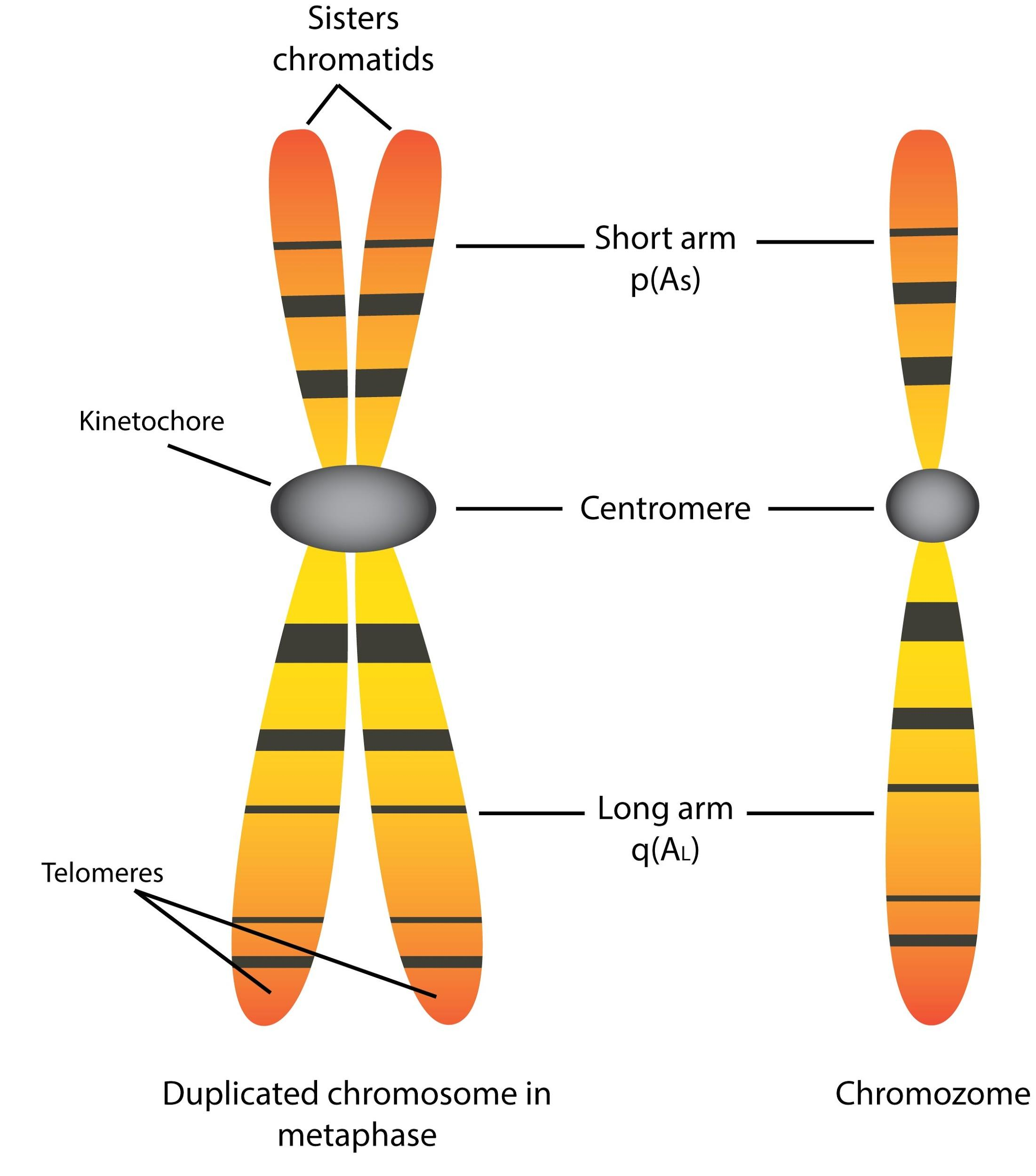
Chromatid is(a) One half of chromosome(b) Haploid chromosome(c) Complete chromosome(d) Duplicate
Structure: A chromosome has generally 8 parts; Centromere or primary constriction or kinetochore, chromatids, chromatin, secondary constriction, telomere, chromomere, chromonema, and matrix. Centromere or Kinetochore: It is the primary constriction at the center to which the chromatids or spindle fibers are attached.

Chromosome Structure
Posted June 3, 2019 in Cell Biology, Genetics, Worksheets by Shannan Muskopf centromere, chromatid, chromosome, DNA, label, nucleus, practice, structure A diagram of a chromosomein the nucleus of the cell. Students label the chromatid, centromere, chromosomes, cell membrane, DNA, and nucleus.
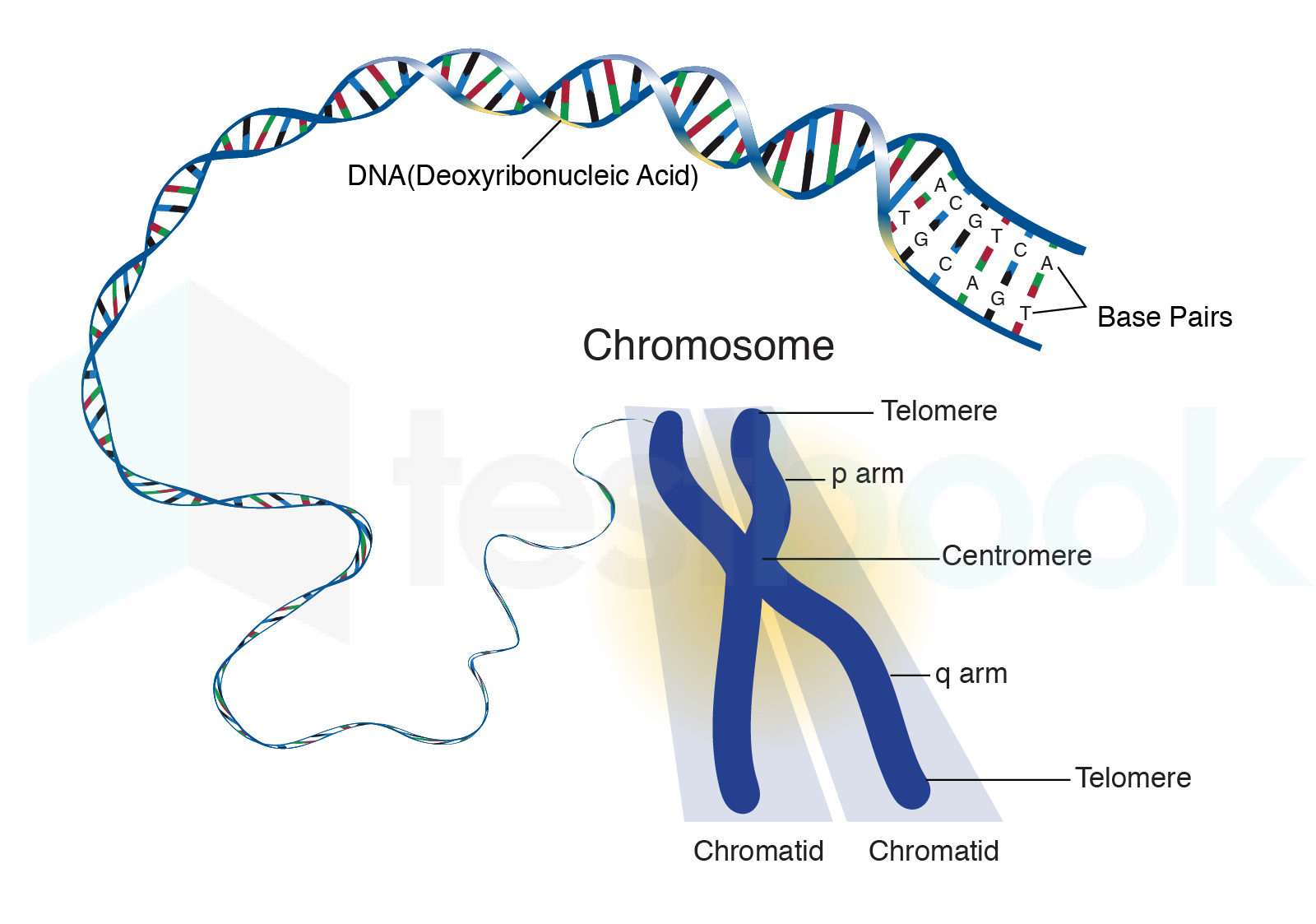
[Solved] Number of chromosomes in human cell is
Eukaryotic Chromosome Structure 1. Eukaryotic chromosomes are found in the cell's nucleus. The principal feature that distinguishes a eukaryotic cell from a prokaryotic cell is the presence of a membrane-bound nucleus. This nucleus is the "control center" of the cell that stores all the cell's genetic information, or DNA.

Basic components of chromosome Telomeres, Cell Division, Chromosome, Dna, Peace
Chromosomes are thread-like structures located inside the nucleus of animal and plant cells. Each chromosome is made of protein and a single molecule of deoxyribonucleic acid (DNA). Passed from parents to offspring, DNA contains the specific instructions that make each type of living creature unique.
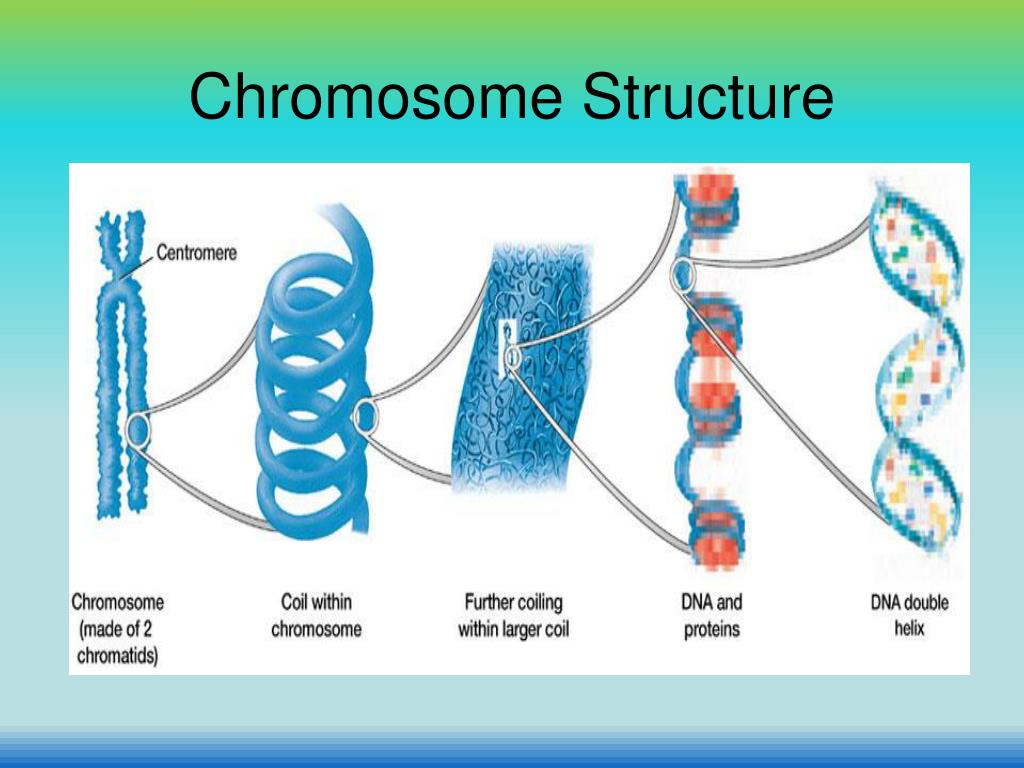
PPT Chapter 8 Cell Reproduction PowerPoint Presentation ID322945
Chromosome Structure Labeling. Chromatid Chromosomes DNA Centromere Cell_Membrane Nucleus. This work is licensed under a Creative Commons Attribution-NonCommercial-ShareAlike 4.0 International License. Students label a simple diagram of a chromosome showing the centromere, chromatid, DNA, and the location of the chromosome within the nucleus of.
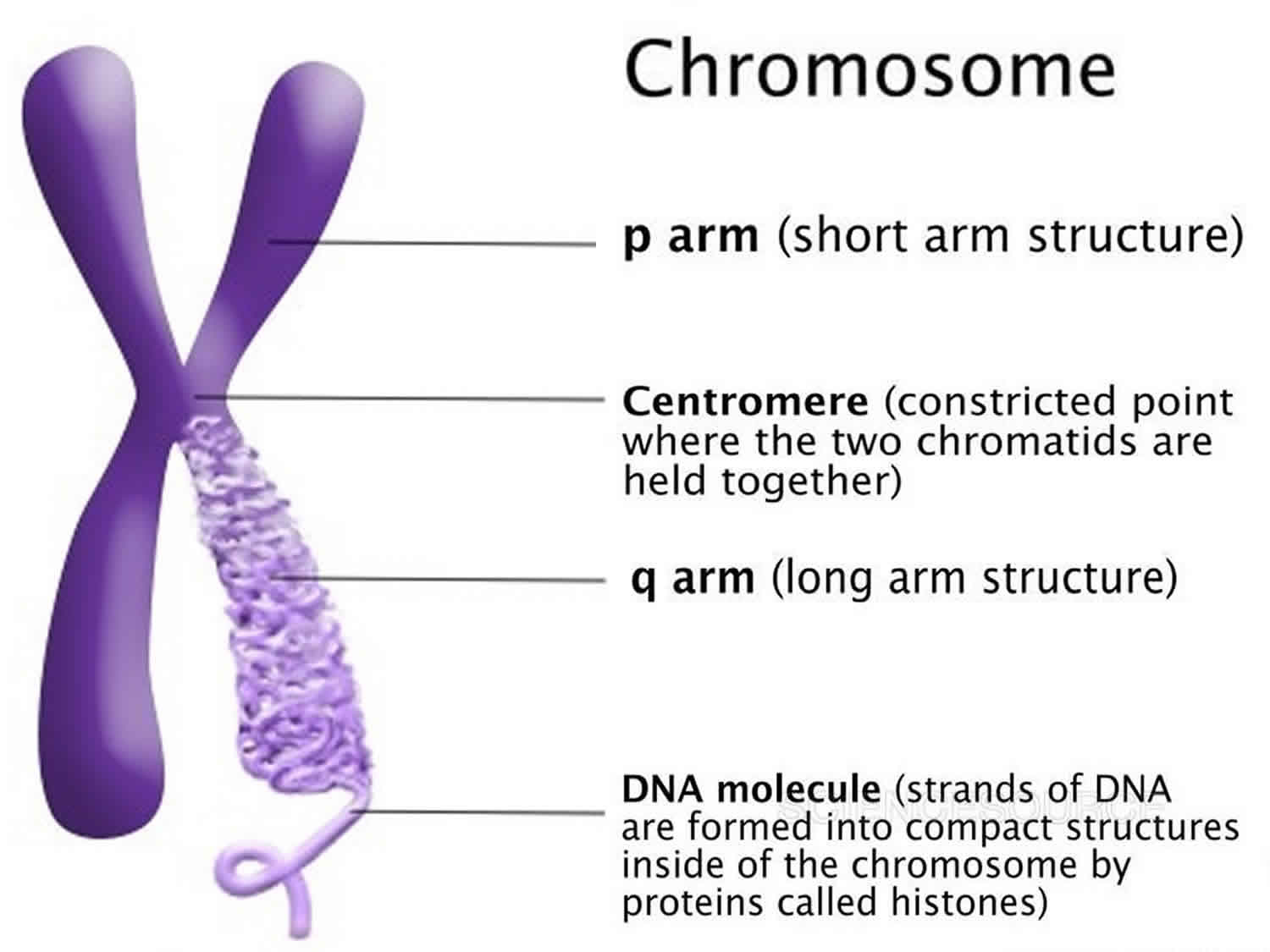
Karyotype, karyotype test & analysis, normal karyotype & abnormal karyotype
What are Chromosomes? Structure of a Chromosome Pellicle Matrix Chromonemata Centromere Secondary Constriction or Nucleolar Organiser Telomeres Types of Chromosomes A. Autosomes and Sex Chromosomes B. On the Basis of Number of Centromeres C. On the Basis of Location of Centromere Prokaryotic Chromosomes Eukaryotic Chromosomes a. Nucleosomes
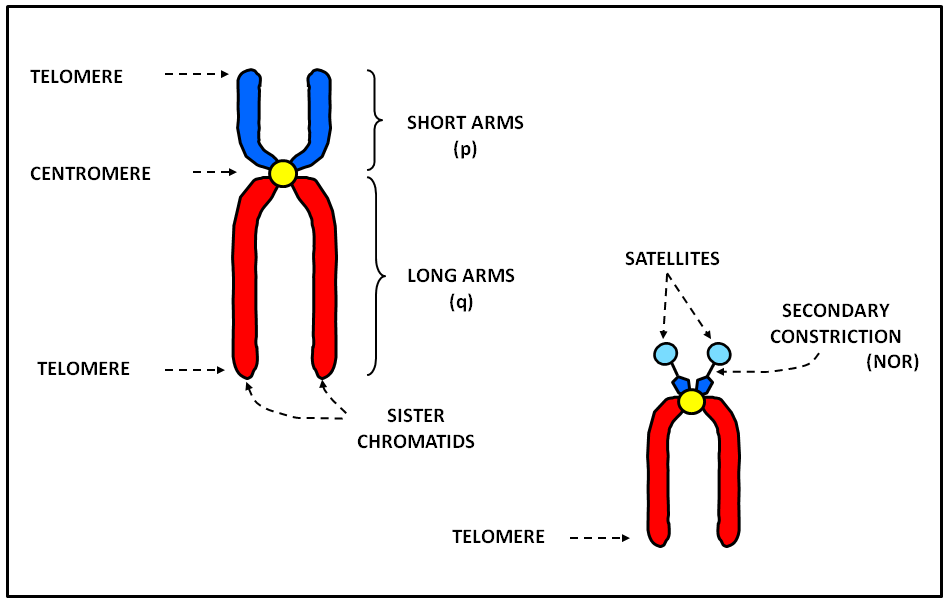
Structure and types of the eukaryotic chromosomes WikiLectures
This page titled 8.3: DNA Structure is shared under a CC BY license and was authored, remixed, and/or curated by Gerald Bergtrom. By 1878, a substance in the pus of wounded soldiers derived from cell nuclei (called nuclein) was shown to be composed of 5 bases (the familiar ones of DNA and RNA). The four bases known to make up..
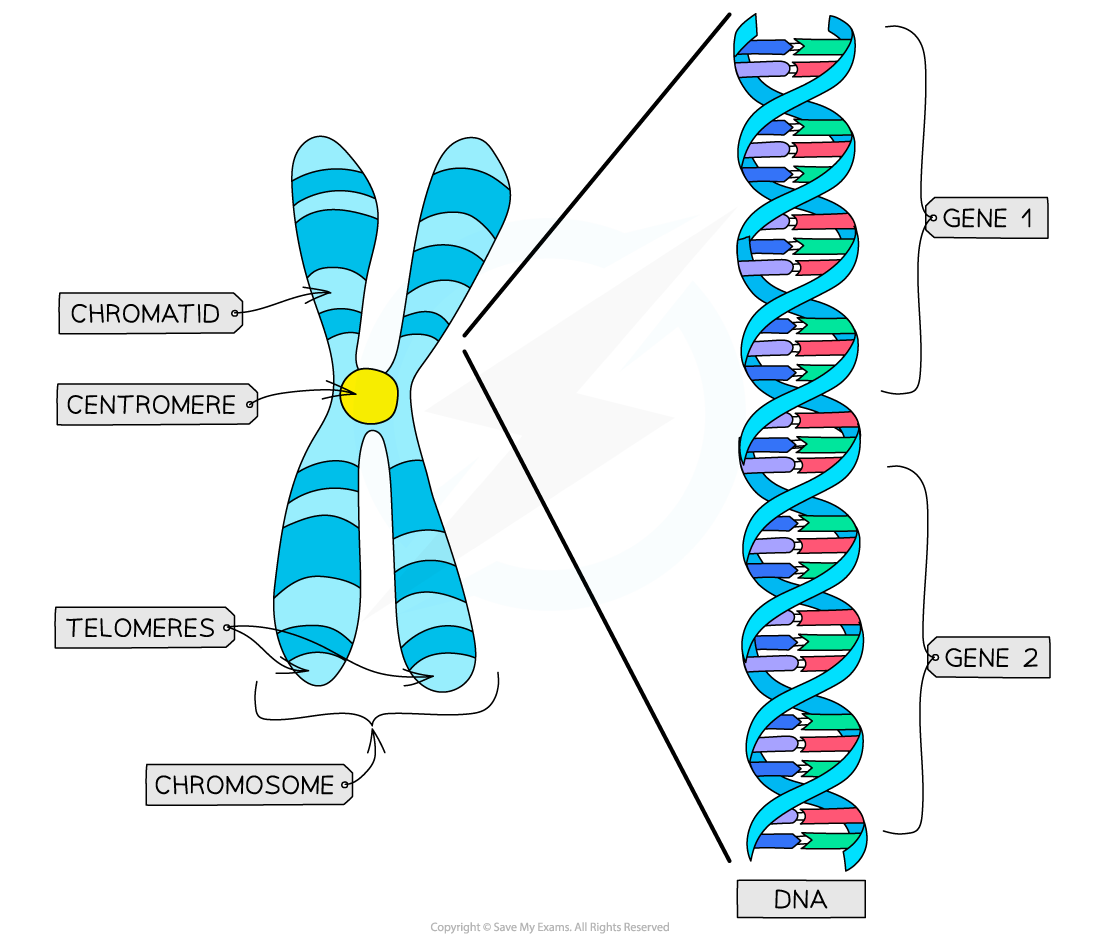
CIE A Level Biology复习笔记5.1.1 Chromosome Structure翰林国际教育
Eukaryotic Chromosome Structure. Chromosome * s are long strands of DNA * in cells that carry genetic information. Most prokaryotic cells contain a single circular chromosome. Eukaryotic cells, with their much larger genomes, have multiple, linear chromosomes. The length and linear nature of eukaryotic chromosomes increase the challenge of.
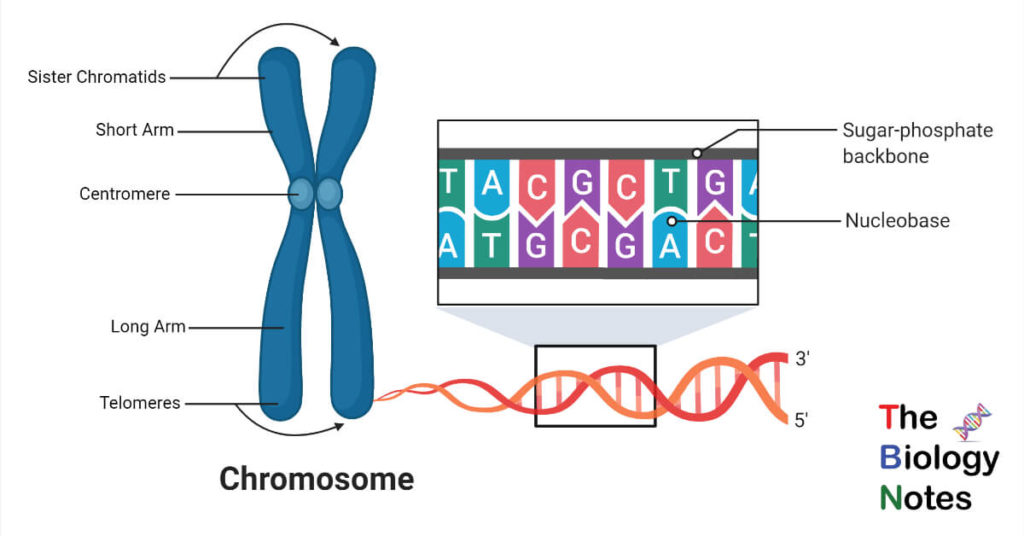
Chromosome History, Cell Division, Mutation, Disorders
A chromosome is a DNA molecule that contains the genetic information for an organism. The chromosomal structure is composed of the organism's DNA and special proteins to form the dense, coiled architecture. The chromosome's tertiary structure is a crucial component in transcription regulation and cellular replication, and division.

Labeled Chromosome Structure Diagram imgprobe
Chromosome Definition. A chromosome is a string of DNA wrapped around associated proteins that give the connected nucleic acid bases a structure. During interphase of the cell cycle, the chromosome exists in a loose structure, so proteins can be translated from the DNA and the DNA can be replicated. During mitosis and meiosis, the chromosome.